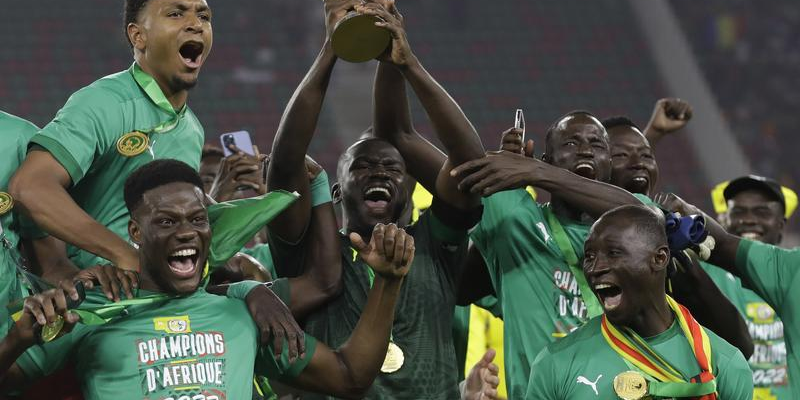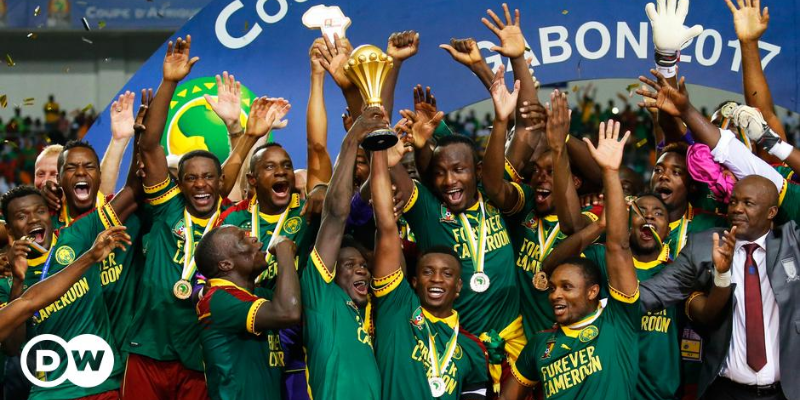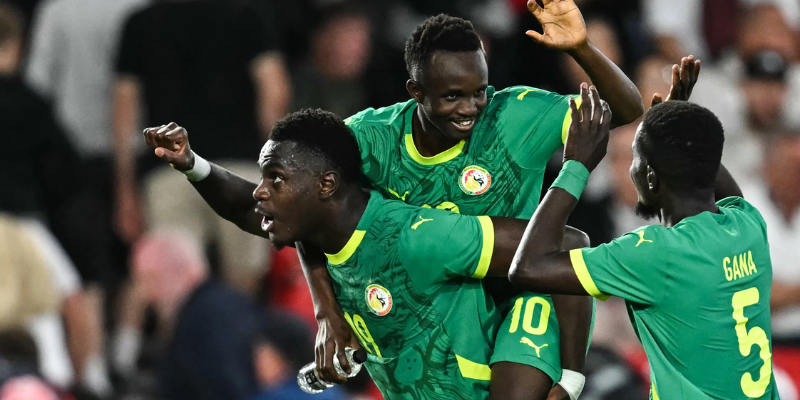When you think of record-breaking victories, you picture dominating displays, floodgates opening, and goals pouring in. For the Senegal national team, that defining moment came decades ago. In this article, SaiKick will take you deep into the archives to uncover the biggest win in Senegal national team history, unpack the context, compare with other big results, and reflect on what this means for the spirit of the Lions of Teranga.
Senegal’s Greatest Victory: The 10–1 Rout Over Mauritania

The biggest win in Senegal national team history occurred on 28 September 1972, when Senegal thrashed Mauritania 10–1 in Dakar. This match stands alone as the most lopsided triumph in the national team’s record books.
At the time, international scorelines were often unpredictable, and regional matches especially could feature lopsided results. But a 9-goal margin is exceptional even in that era. The match phrasing often reads: “Senegal 10–1 Mauritania (Dakar, 28 September 1972).” That remains the official “largest win” to date.
This result is documented in the historical summary of the Senegal national side, and appears in club and national records of Senegalese football as the benchmark.
What made this win special?
- Sheer scale: Scoring 10 in a single fixture — even against a lower-ranked opponent — is rare.
- Symbolic dominance: For Senegalese fans, it was a statement of emerging football ambition in the post-independence era.
- Still unmatched: No modern fixture has come close to replicating that margin among full international matches for Senegal.
Other Notable Big Wins by Senegal

While the 10–1 result is unmatched, Senegal has recorded other emphatic victories in its history. Comparing those shows how rare a 9-goal margin is.
| Year | Opponent | Score | Context |
| 1984 | Mauritania | 6–0 | Friendly / regional fixture |
| 1979–1986 (Amílcar Cabral tournaments) | Various regional sides | 4–0, 5–0, etc. | Regional tournaments where margins were often higher |
| 2005 | Mauritania | 7–0 | Africa Cup of Nations qualification |
| Recent decades | — | — | Competitive fixtures tend to be tighter; blowouts rare |
For instance, during AFCON or World Cup qualifiers, Senegal has tended toward solid, disciplined wins rather than runaway scorelines., a 7–0 win features as one of Senegal’s largest in continental qualification matches.
However, none of those surpass the 10–1 mark. That result remains out on its own, reliably cited in national histories.
Why No Bigger Win Since?

A few factors help explain why that 1972 margin has never been bettered:
- Rise in competitive balance
- African international football has grown more balanced. Even “lesser” teams have improved in fitness, tactics, and organization. Blowout scores are harder to come by at senior international level.
- Match design and stakes
- In earlier eras, friendly matches or unbalanced regional pairings could lead to lopsided scores. But in modern times, many matches are qualifiers or tournaments where the stakes push both sides to be more cautious.
- Squad rotations and tactics
- Top nations like Senegal now rotate or protect players in certain fixtures. Defensive discipline is emphasized, especially against teams where overconfidence could backfire.
- Improved opposition quality
- Mauritania, Guinea, or other regional teams have also invested in development. The gulf between Senegal and weaker sides is narrower now than in the 1970s.
Thus the 10–1 scoreline becomes even more remarkable in hindsight: it is a relic of an earlier era of wider disparities.
Legacy of the Historic Win for Senegalese Football
That match is more than just a number. It symbolizes a slower-burning national identity forming through sport. A few ways in which its legacy survives:
- Pride and folklore
- Among Senegalese football fans, the 10–1 win is often evoked when talking of the team’s capability to dominate.
- Benchmark for greatness
- Future generations look back at it as a high watermark. Modern teams measuring themselves against history will cite it as the “score to beat.”
- Reflection of evolution
- The contrast between that margin and recent results underscores how Senegal’s footballing journey has evolved—becoming more competitive, strategic, and globally aware.
Contextual Comparison: Big Wins in Africa and Beyond
To appreciate how Senegal’s 10–1 ranks, it helps to see other national teams’ biggest wins:
- Australia vs. American Samoa, 31–0 (World Cup qualifier, 2001)
- Hungary 10–1 El Salvador (World Cup group stage, 1982)
- Argentina 11–0 Ecuador (1983)
- Thailand 20–0 Cambodia (regional tournament)
- Brazil 14–0 Nicaragua (friendly, 2023 women’s football)
These examples show that extremely one-sided results tend to occur when there is a huge mismatch in infrastructure, experience, or investment. Senegal’s 10–1 is modest in that global context, but for a Sub-Saharan African side with fewer resources in the 1970s, it’s a truly formidable mark.
How Modern Senegal Compares
Since the 1972 match, Senegal has matured into one of Africa’s premier footballing nations. Their focus is more on tactical discipline, continental titles, and global tournaments than runaway wins. Some points of note:
- Africa Cup of Nations presence
- Senegal has reached finals, semi-finals, and ultimately won the AFCON in 2021. Their playing style is often compact and defensively solid.
World Cup campaigns
- Senegal’s best World Cup performance was reaching the quarter-finals in 2002. Those matches were not about overwhelming dominance but tempered resilience.
- Recent big wins less common
- In modern qualifiers and international friendlies, scores like 4–0, 3–0, 5–1 are more typical. The margins reflect both improved opponents and more conservative strategies.
Thus we see a shift — from the “blowout era” of the 1970s to a modern age where even strong teams respect margins, and victory quality is measured more in consistency than high-scoring displays.
Beyond the Scoreline: What It Means for Fans
For Senegal supporters, the memory of the 10–1 win is a touchstone — a reminder of potential, dominance, and national pride. But it is not a blueprint. The football world now rewards adaptability, tactical intelligence, talent development, and mental strength.
Whenever Senegal wins convincingly today, it’s still joyous — but the narratives center on turning points, key players, or tactical masterstrokes rather than sheer numbers. The biggest win in Senegal national team history remains an anchor in their legacy, but their evolving story is about consistency on the African and global stage.
Conclusion
The biggest win in Senegal national team history is the legendary 10–1 victory over Mauritania on 28 September 1972. That match stands as the ultimate margin in the Lions of Teranga’s annals—a stark statement.
In today’s world, where margins are narrower, competition tougher, and tactics more refined, such dominance is less frequent. But that doesn’t diminish the symbolic power of the 10–1 result. It lives in the memory of fans, in the history books, and as a testament to what Senegalese football once achieved in one extraordinary match.
What other national team records would you like to explore next? Want to dive into Senegal’s biggest defeats, another nation’s top win, or deep stats about a star player? SaiKick is ready to go there with you.




